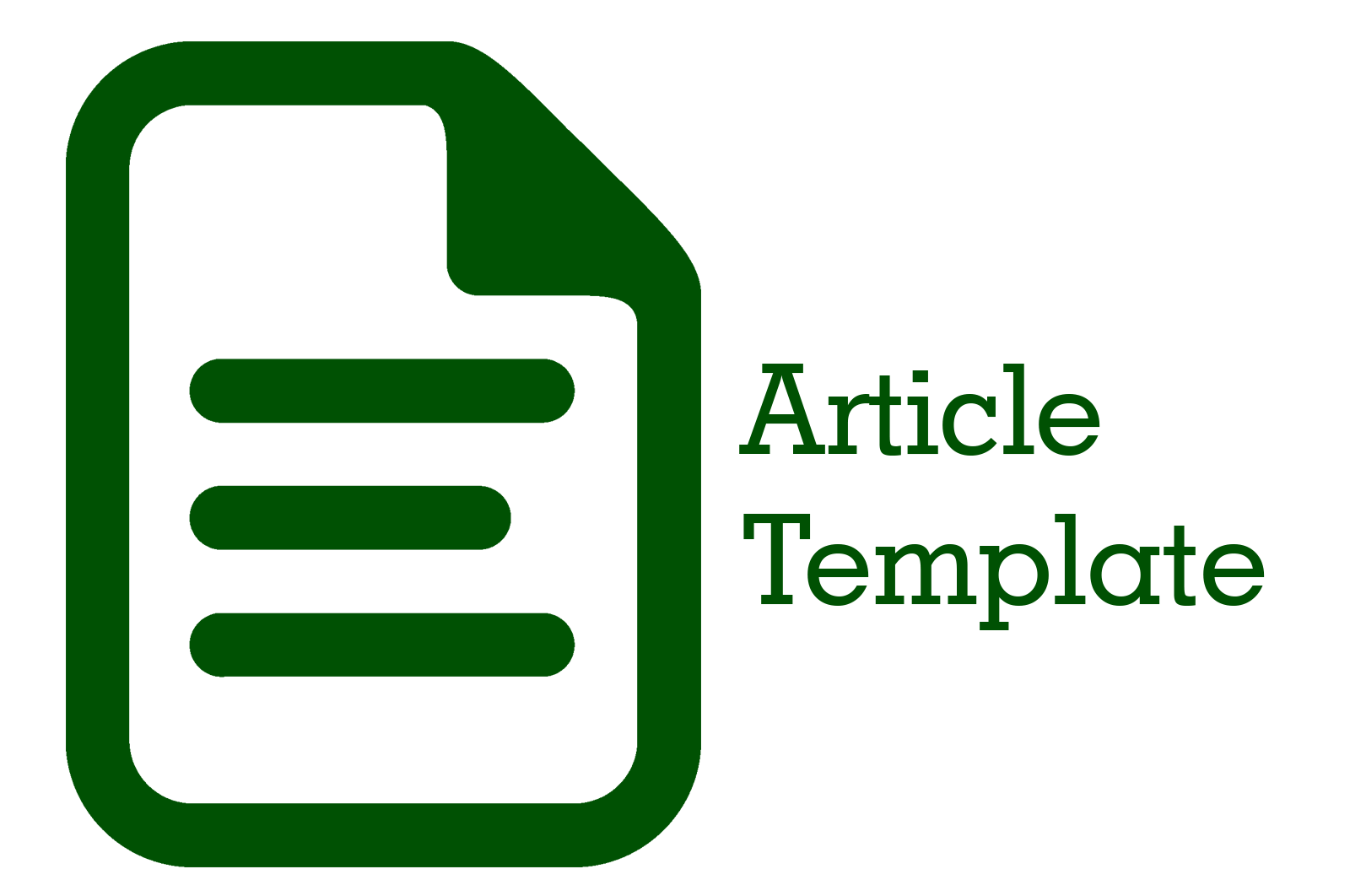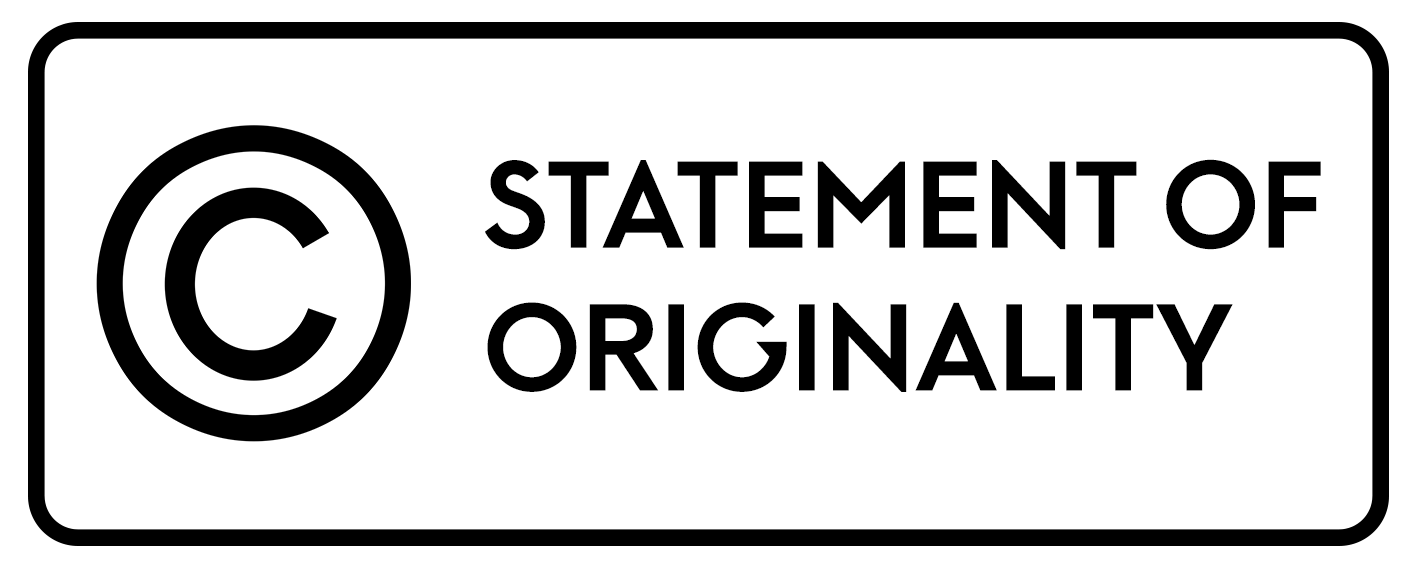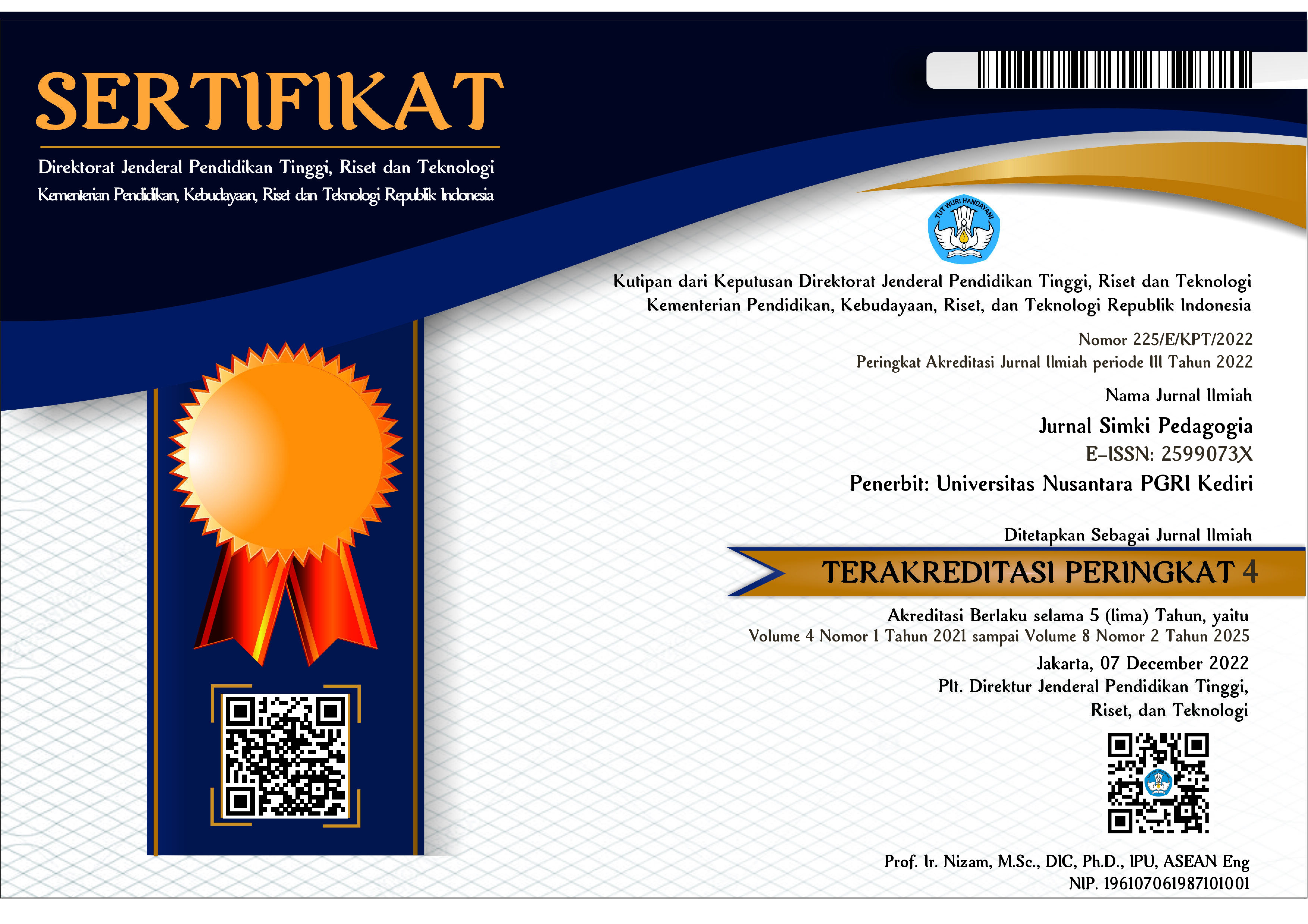Peningkatan Hasil Belajar dan Keterampilan Berpikir Kritis dalam Mengidentifikasi Bentuk Datar Menggunakan Model Problem Based Learning di Kelas 1 SDN Purwantoro 1 Kota Malang
 Abstract views: 319
,
Abstract views: 319
,
 PDF (Bahasa Indonesia) downloads: 271
PDF (Bahasa Indonesia) downloads: 271
Abstract
Based on observations made in Class I-A SDN Purwantoro 1 Malang, learning mathematics has its weaknesses. The lecturer uses the lecture method to give a flat awakening material. In pre-campaign results, only 15 of her 28 students scored above the lowest score. This research aims to describe the application of problem-based learning models to improve mathematics learning outcomes. In his research he employs two cycles. Each cycle consists of four phases: plan, do, observe, and reflect. Data collection was by observation, interviews, field notes, testing, and documentation. Research results using problem-based learning models to learn the mathematics of plane geometry are making good progress. In cycle 1, the teacher activity score was 93.54% in the very good category, in cycle 2 there was a 100% increase in the very good category, in cycle 1 the student activity score was 83.15% in the "good" category, and cycle 2 increased by 93%. fall into the very good category. From the results of this study, it can be concluded that applying a problem-based learning model can improve the learning outcomes of students in the mathematics subject Recognition of Plane Shapes in Class I of SDN Purwantoro 1 Malang.
Downloads
References
Arikunto, S. (2010). Dasar-dasar Evaluasi Pendidikan. Jakarta: Bumi Aksara.
Egan, G. M. L. C., Thompson, K. V, Husamah, Rahmah, N., Scrivener, J., Leo, J. E., Belton, P., De Lima, T. F. M., Dos Passos, T. N., Winarso, W., Practice, D. R., Septiana, I., Ahdiyat, M., Rahmat, A., Kadir, S., Richard P. Rumelt, Muhtadi, A., Djafri, N., Kurniawan, D., … Peterson, D. M. (2015). Teaching and Learning Resource: a Practical Guide. In Journal of Chemical Information and Modeling (Vol. 1, Issue 2).
Gagne, R. M., & Briggs, L. J. (2020). Principles of Intructional Design (4th Edition). In Japan’s High Schools.
Permana, E. P. (2018). Pengaruh Media Sosial sebagai Sumber Belajar IPS Terhadap Motivasi Belajar, Kemampuan Berpikir Kritis dan Berpikir Kreatif Siswa Sekolah Dasar. PINUS: Jurnal Penelitian Inovasi Pembelajaran, 4(1). https://doi.org/10.29407/pn.v4i1.12431
Sudijono, A. (2012). Pengantar Statistik Pendidikan. Rajawali Pers.
Sudjana, N. (2011). Penilaian Hasil Proses Belajar Mengajar (Edisi ke-16). Sinarbaru.
Sugiono. (2016). Metode Pendekatan Kuantitatif, kualitatif dan R&D. In Bandung: Alfabeta.
Wasonowati, R. (2014). Penerapan Model Problem Based Learning (Pbl) Pada Pembelajaran Hukum–Hukum Dasar Kimia Ditinjau Dari Aktivitas Dan Hasil. Jurnal Pendidikan Kimia, 3(3). https://jurnal.fkip.uns.ac.id/index.php/kimia/article/view/4244
Wiriatmaja, R. (2008). Metode Penelitian dan tindakan kelas untuk meningkatkan kinerja guru dan Dosen. PT Remaja Rosdakarya.
Copyright (c) 2023 Wisnu Puguh Santoso, Dyah Worowirastri Ekowati, Fardila Nugraheni

This work is licensed under a Creative Commons Attribution 4.0 International License.

Jurnal Simki Pedagogia : https://jiped.org/index.php/JSP/index is licensed under a Creative Commons Attribution 4.0 International License.
















